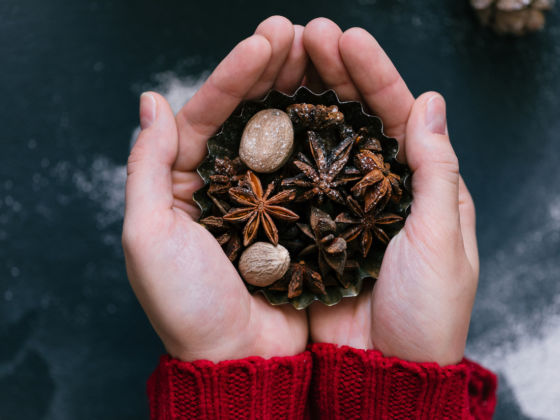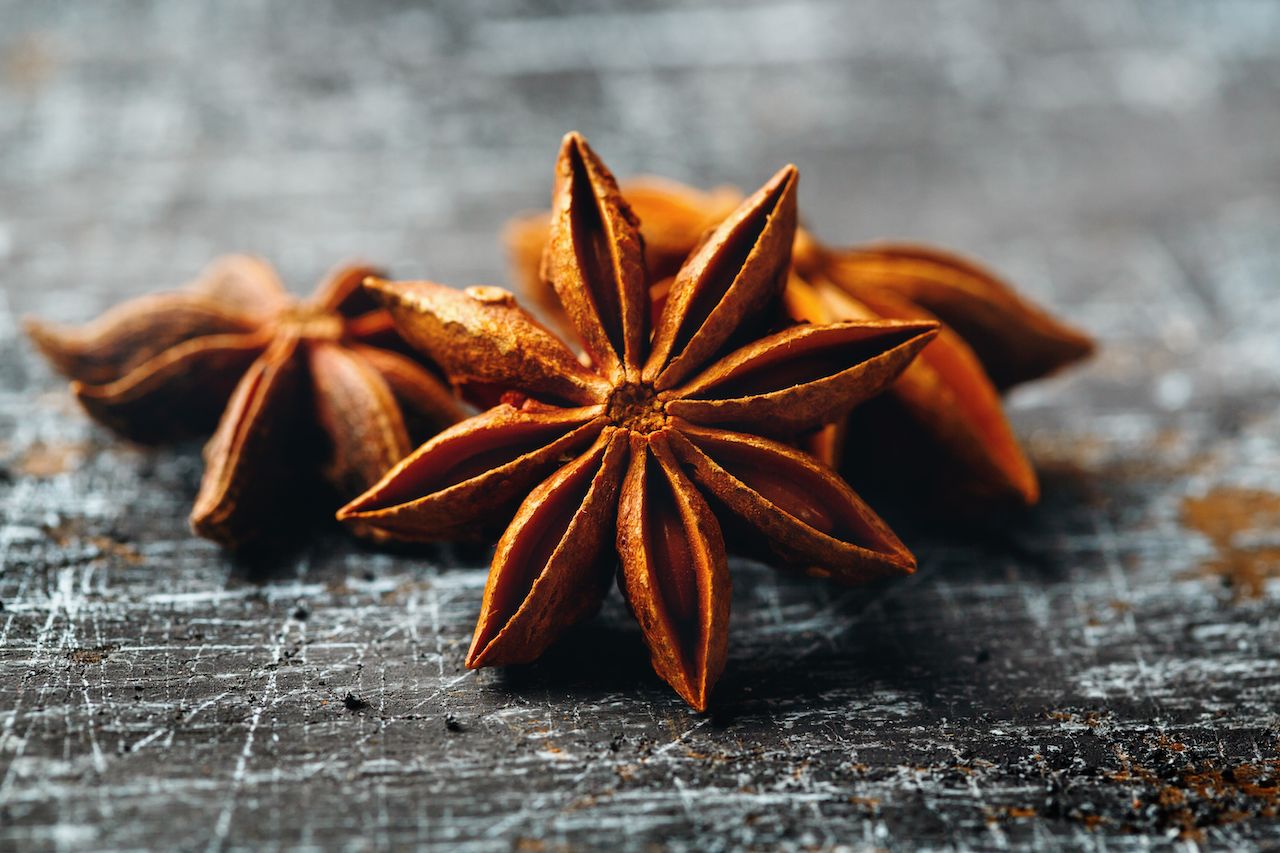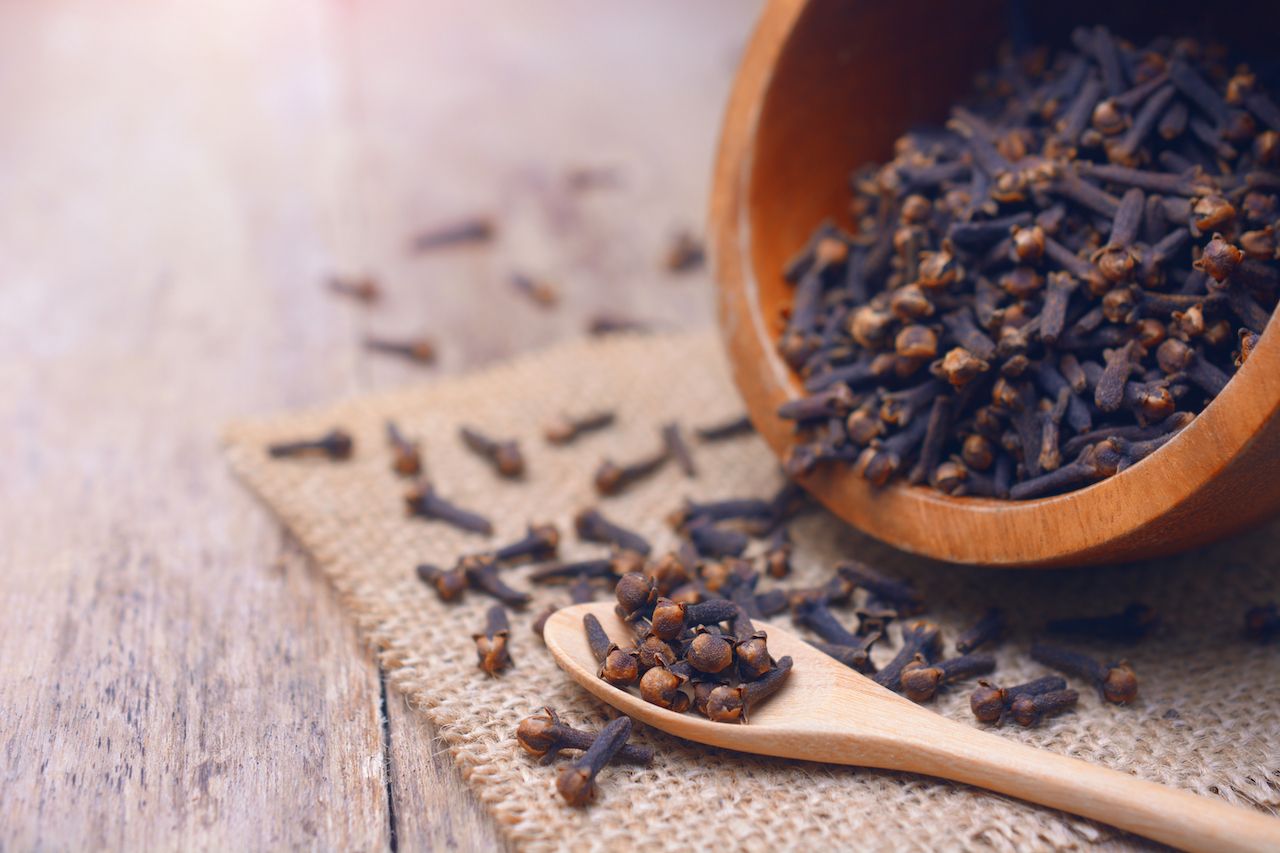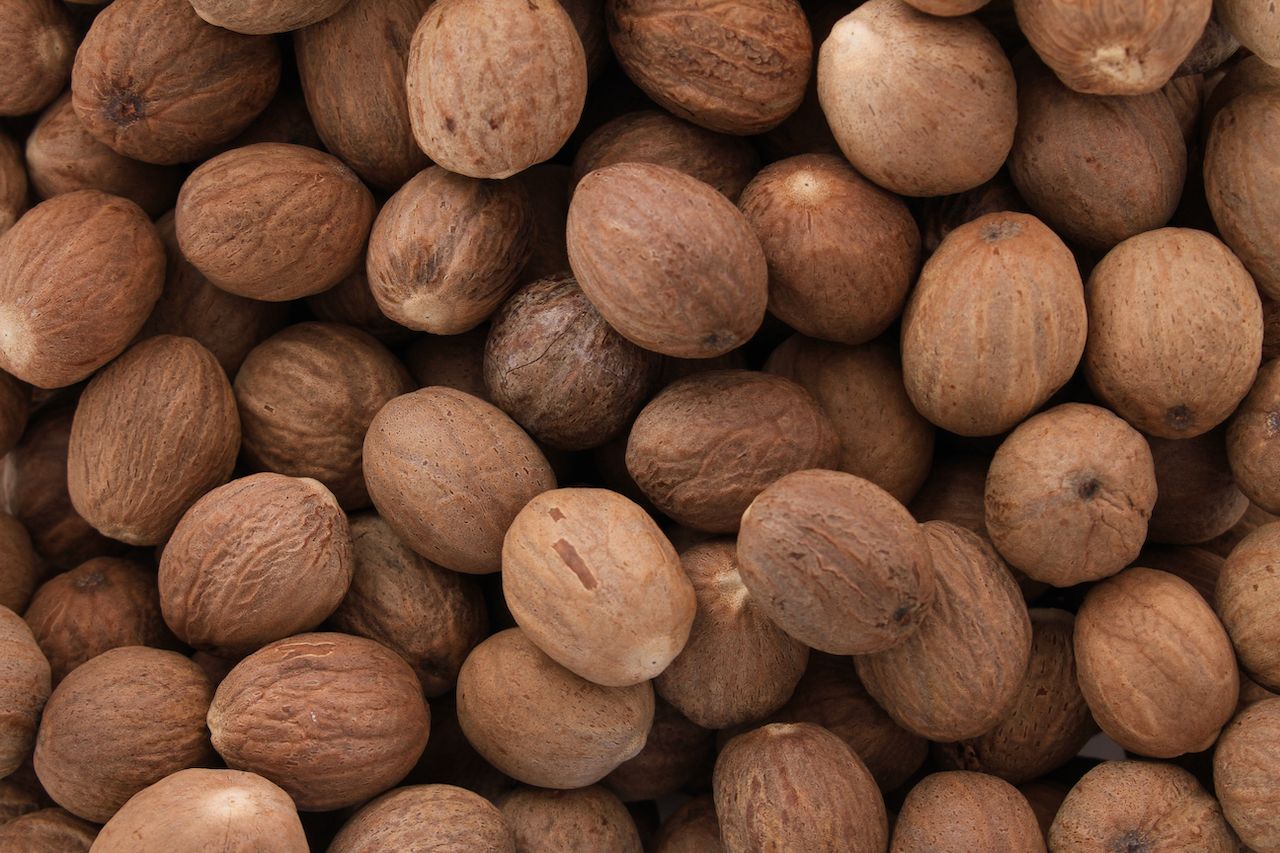“The holidays” is not technically a scent, but we all know exactly what the phrase “smells like the holidays” means. Catching a whiff of five key spices — allspice, anise, cinnamon, clove, and nutmeg — evokes a warming feeling of comfort during the coldest months in the Northern Hemisphere.
A major reason these spices are nearly universally accepted as holiday staples is that many of them appear in the food and drinks we consume this time of year (and candles, but first and foremost food). The spices are key to the mulled wine and eggnog we drink, and the pumpkin and apple pies we eat from Thanksgiving through the new year. The smell conjures memories of holidays past even more than the sight of a roasted turkey or the itchy feel of an ugly Christmas sweater. Studies have found that smells are processed in the same part of the brain as emotion and memory, whereas sight, sound, and touch are not.





